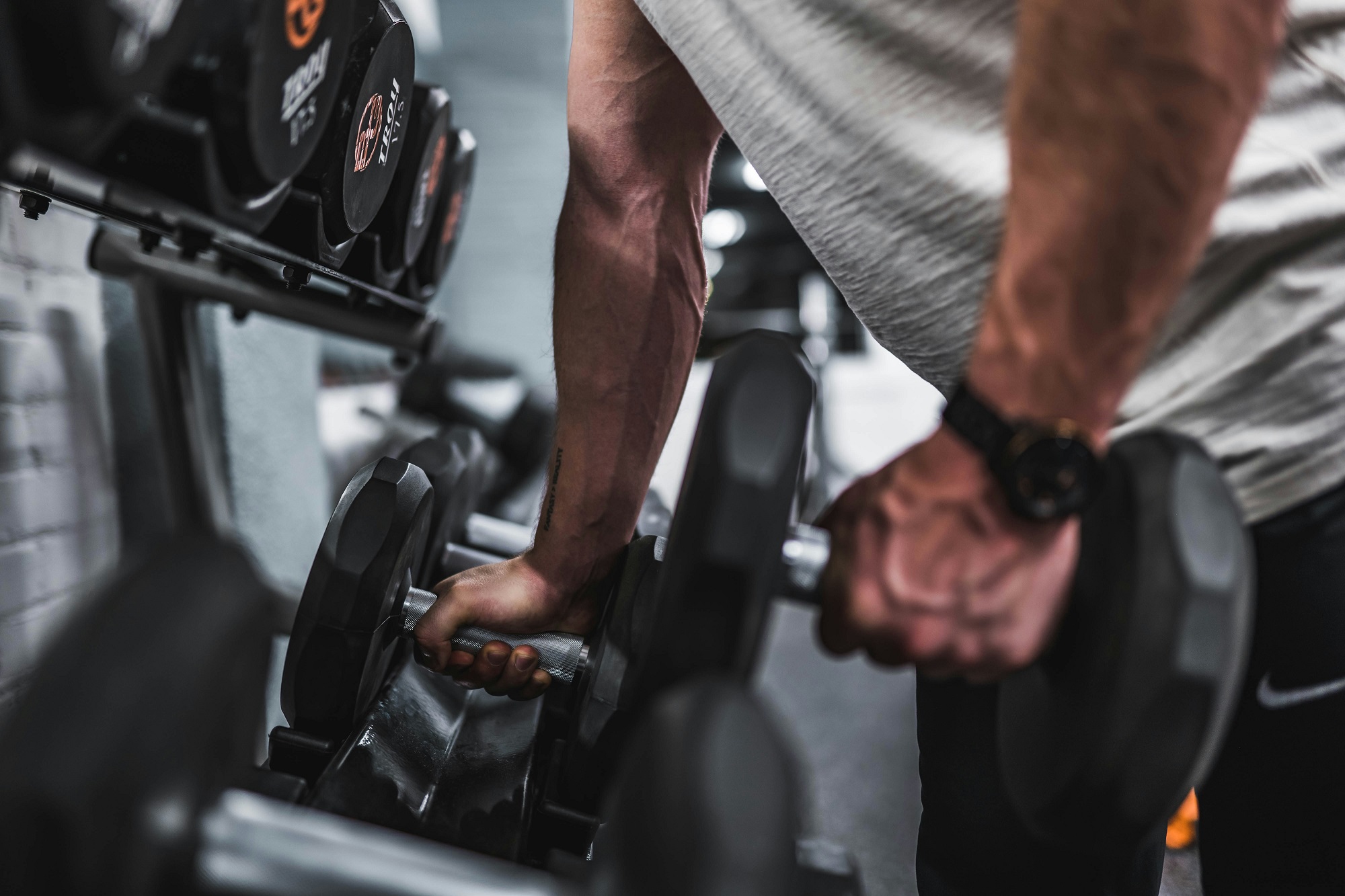When it comes to transforming your body — whether you want to lose fat, gain muscle, or simply feel healthier — one thing matters as much as your workouts: your nutrition.
And no, it’s not about starving yourself or following a trendy diet.
It’s about learning to balance your macros — the three key nutrients your body needs to perform, recover, and thrive.
In this post, we’ll break down what macros are, how they work, and exactly how to balance them to achieve your goals.
🧠 What Are Macros?
“Macros” is short for macronutrients — the nutrients your body needs in large amounts for energy and proper function. There are three main macronutrients:
- Protein 🥩 – Builds and repairs muscles, keeps you full longer.
- Carbohydrates 🍚 – Your body’s main source of energy.
- Fats 🥑 – Essential for hormones, brain function, and nutrient absorption.
Each macro provides a specific number of calories:
- 1g of protein = 4 calories
- 1g of carbohydrates = 4 calories
- 1g of fat = 9 calories
Balancing these correctly helps you reach your fitness goals faster — without giving up your favorite foods.
⚖️ Why Macro Balance Matters
Your body reacts differently to each macronutrient. The right ratio can help you:
- Lose fat without losing muscle
- Build lean muscle efficiently
- Boost energy and performance
- Control hunger and cravings
It’s not just about calories — it’s about where those calories come from.
💬 Think of it this way: two 2,000-calorie diets can have completely different results depending on macro balance.
🎯 Step 1: Determine Your Daily Calorie Needs
Before you balance your macros, you need to know how many calories your body needs per day.
Use a TDEE (Total Daily Energy Expenditure) calculator — it factors in your age, gender, weight, height, and activity level.
Then:
- For weight loss: eat 10–20% below your TDEE.
- For muscle gain: eat 10–20% above your TDEE.
Example:
If your TDEE = 2,200 calories
- Weight loss target = ~1,800–2,000 calories/day
- Muscle gain target = ~2,400–2,600 calories/day
🍗 Step 2: Set Your Macro Ratios
Your macro ratio depends on your fitness goal. Here are general guidelines:
💧 For Weight Loss:
- Protein: 35%
- Carbs: 40%
- Fats: 25%
🏋️ For Muscle Gain:
- Protein: 30%
- Carbs: 45%
- Fats: 25%
⚖️ For Maintenance:
- Protein: 30%
- Carbs: 40%
- Fats: 30%
🧩 These aren’t one-size-fits-all — experiment and adjust based on energy levels and progress.
🥦 Step 3: Choose the Right Foods for Each Macro
Balancing macros isn’t just about numbers — it’s about quality food sources.
Protein Sources:
- Chicken, turkey, lean beef
- Fish and seafood
- Eggs
- Greek yogurt
- Tofu, tempeh, lentils
Carb Sources:
- Brown rice, quinoa, oats
- Whole-grain bread or pasta
- Sweet potatoes, fruits, veggies
- Legumes and beans
Healthy Fats:
- Avocado, olive oil, nuts, seeds
- Fatty fish (salmon, mackerel)
- Natural nut butter
🌈 Focus on whole, minimally processed foods to get the most nutrients per bite.
🧮 Step 4: Track Your Macros
The easiest way to stay on track is to track your food — at least for the first few weeks.
Popular tools:
- MyFitnessPal
- Lose It!
- Cronometer
These apps calculate your daily macro intake and show you if you’re hitting your targets.
🎯 Pro tip: Pre-log your meals in the morning to plan your day around your macro goals.
🔄 Step 5: Adjust and Monitor Progress
Your macro plan isn’t set in stone — it’s a starting point.
Monitor your progress every 2–4 weeks and adjust based on results.
- Not losing weight? Slightly reduce carbs or fats.
- Not gaining muscle? Add more calories, mainly from carbs and protein.
- Feeling tired? You might need more carbs for energy.
Your body is unique — treat this as an experiment in self-discovery.
🥤 Bonus Tip: Don’t Fear Flexibility
Remember, you don’t need to hit your macros perfectly every day.
If you’re within 5–10 grams of each target, you’re doing great.
The goal is long-term consistency, not perfection. You can still enjoy treats — just fit them into your overall plan.
🍫 Yes, you can still eat chocolate and hit your goals — it’s called “flexible dieting.”
🧾 Sample Macro Breakdown (2,000 Calories for Weight Loss)
| Macro | % | Grams per Day | Example Foods |
|---|---|---|---|
| Protein | 35% | 175g | Chicken, fish, eggs |
| Carbs | 40% | 200g | Brown rice, oats, fruit |
| Fats | 25% | 55g | Avocado, nuts, olive oil |
🌟 Final Thoughts
Balancing your macros isn’t a strict diet — it’s a lifestyle tool.
It helps you understand what your body truly needs, stay consistent, and get results that last.
Start simple:
- Calculate your calories
- Choose your macro ratio
- Track your meals
- Adjust as you go
Stay patient and trust the process — your dream body is built one balanced plate at a time. 🥗💪
🧠 Quick Recap
✅ Understand your macros: protein, carbs, and fats
✅ Calculate your calorie needs
✅ Set your macro ratio based on your goal
✅ Choose whole, nutrient-rich foods
✅ Track and adjust regularly

